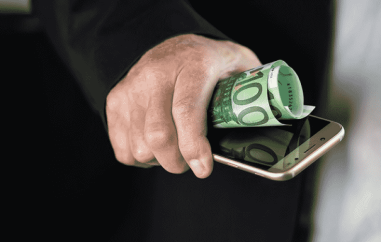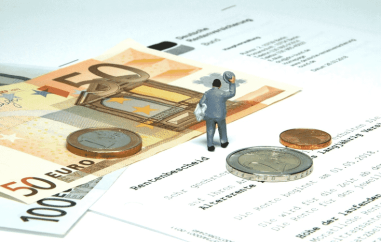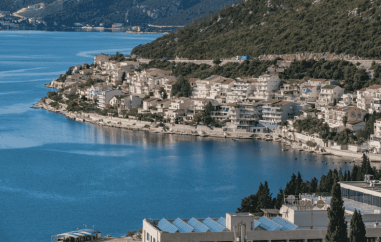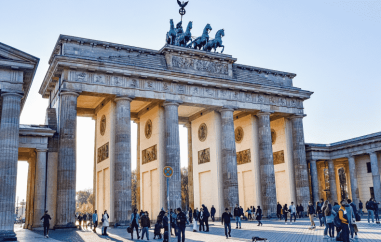A Recovery To Think About
In 2008, Iceland's three largest banks collapsed, its economy faltered, their currency collapsed and its international standing plummeted. On the back of public pressure, its government refused to bail out their banks. They were one of very few governments to do so, upsetting Dutch and British investors in the process. Five years later, Iceland's response to the financial crisis has won praise from the International Monetary Fund as well as debt rating companies.
Statistics Iceland has just reported fourth quarter growth of 0.5% amid increased investments and consumer spending. This comes on the back of seven consecutive quarters of economic growth. To say Iceland is in recovery mode is to understate the situation.
How did they pull themselves off the financial scrapheap? Iceland was tough on creditors. Referendums forced rule makers away from the bailout option. They had no alternative but to let the private banks die. By refusing to bail-out banks, they lost all credibility in the eyes of foreign investors.
Flying in the face of Keynesian economics, the government introduced 100 new taxes, slashed spending and borrowed money from their Scandinavian neighbours. The economy reacted quickly. Growth eroded, exports dropped and consumer spending fell by 25%. The Krona saw its value halve, pushing up prices for citizens. Many saw their mortgages, held in foreign currencies, soar.
In an effort to stabilise the Krona, they introduced strict capital control measures which restricted currency flows out of the country and restricted citizens from being able to transfer their assets overseas.
In 2010, only two years after the crisis, exports began to increase. GDP increased by 1.2% and more importantly the Krona stabilised. As exports began to pick up, so did the rest of the economy. The stabilised Krona attracted business again. Iceland has an abundance of cheap, clean energy, 99% percent of which is hydro-energy. This is attractive for aluminium manufacturers who require large amounts of energy for their factories. Tourism picked up on the back of a long campaign by the Tourism Department. This year alone 100,000 cruise ship passengers are expected to visit Iceland. Iceland's population is currently roughly 319,000.
Iceland's example is used by many to challenge the idea that bail-outs were necessary. While it does show a different way, it is important to remember that Iceland is a relatively small economy. Had a larger economy attempted to follow Iceland's lead, the immediate pain would have been much larger and had a far wider reach. Smaller countries, however, such as Cyprus should look carefully at the Iceland example. On the back of an IMF-backed program, Iceland is outgrowing most of Europe. This could be a lesson for the smaller countries in the Eurozone who are still deep in recession.
Fresh investments and increased consumer spending are the final signs that the recovery is there to stay. The government has recently invested in oil technology, purchasing exploration ships from Norway. In January they issued two exploration licenses in a sign they are hoping to follow their neighbours in utilising their energy sources.
Despite the growth, Iceland still faces problems. The Capital Controls implemented were supposed to be removed before the end of 2015. Regulators have signalled this will not occur, fearing an exodus of assets. Capital Controls stopped foreign investors exiting the country during the crisis but once lifted, firms could decide to leave Iceland en-masse. This would cause another crisis and a return to recession. On the other hand, an extension of the Capital Controls will turn off potential investors who are unlikely to invest large sums in a country which refuses to let them repatriate the profits.
Despite this, Iceland has shown an alternative to bailouts and has done so successfully. Most of Europe is now invested too heavily in troubled banks to consider not bailing them out. It makes you wonder what could have happened if they had followed Iceland's lead in 2008.



































